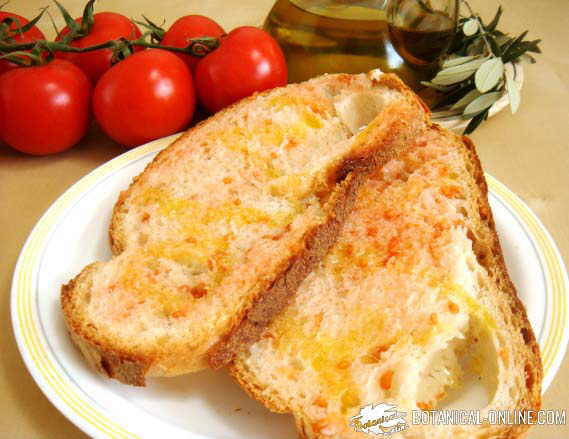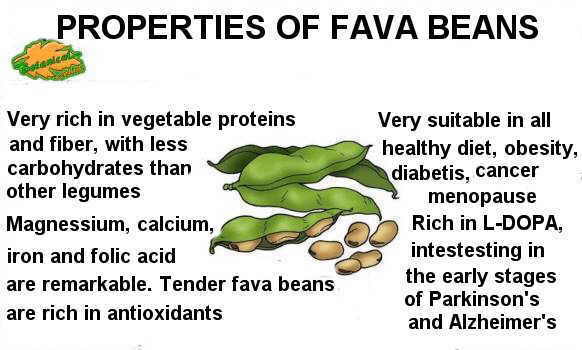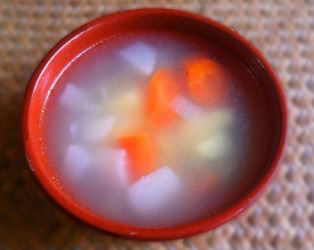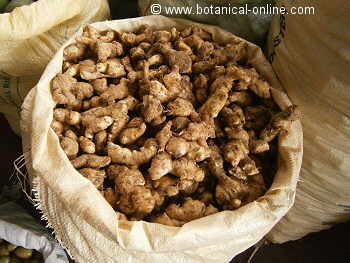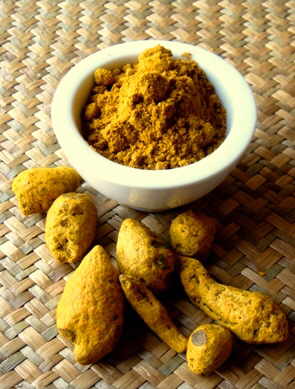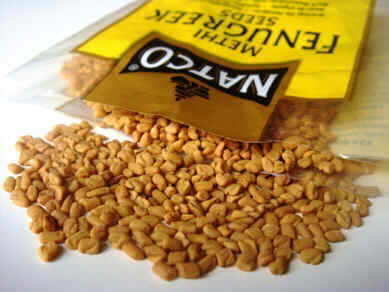Contents
What is a parsley?
Characteristics of Petroselinum crispum
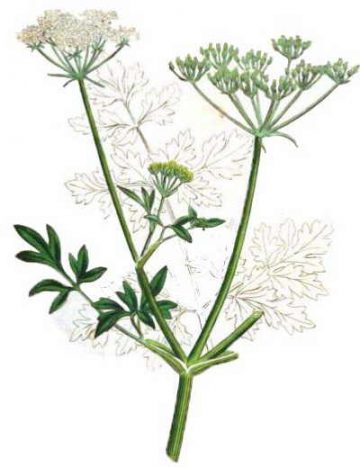
Common name: Parsley
– Spanish / Español: Perejil
Scientific name: Petroselinum crispum (Miller) A. W. Hill. Other names (not accepted): Petroselinum hortense Auct., Petroselinum sativum Hoffm.
Etymology: Petroselinum means “celery of the rocks”, since petros derives from the Latin root of “stone” and selinum is the Latin name given to celery. Some theories explain that petro refers to the property that the plant has to dissolve stones from urine. The diuretic properties of this plant have been known since ancient times.
Family: Umbelliferae (= Apiaceae or Apiaceae)
Habitat: Plant grown in orchards and naturalized in many places in Europe. It appears in cool places along walls and rocks.
Description of parsley
Aromatic perennial plant, with biennial grow, up to 1 m. high of the Umbelliferae family.
Sloping green stems with longitudinal striations and quite branched. Inside they contain a kind of spongy white marrow.
Lower leaves tripinnate, with broad wedge-lobes, they are generally curly in cultivated species; upper leaves with three lobes. Its leaves can reach up to 15 cm. Its ramifications are characterized by a bract or hugging sheath (amplexicaule).
Flowers in umbels of up to 5 cm, flattened on top. Ovoid fruits up to 3 mm.
Collection and conservation of parsley
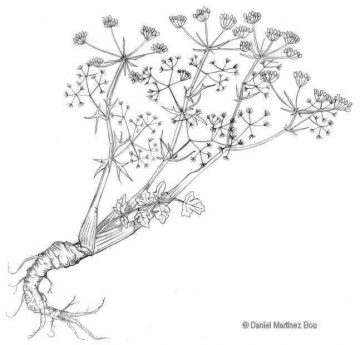
In early spring the roots will be collected. The leaves will be collected in early summer and the seeds in early autumn. Roots and leaves should be dried in the shade, although it is better not to dry the latter. The former should be stored in sealed containers in a dark place; the leaves should be eaten fresh. The seeds must be dried in the sun and kept in an airtight container in a cool, shady place.
Active components of parsley
The main components of this plant are:
- Essential oil (0.02-0.7% in the leaves, 2-3% in the fruits) rich in: apiol (leaves and especially seeds), myristicin (more abundant in the leaves than in the seeds ), mentatriene, furocoumarins: bergapten and xanthotoxin (especially in young shoots), alpha-pinene, beta-pinene, beta-caryophyllene, beta-phelandrene, myrcene (seed)
- Vitamins: vitamin C, B complex vitamins (except B12), especially folic acid, vitamin A.
- Petroelinic acid (seeds)
- Flavonoids: rutin (leaves)
- Minerals: potassium, calcium, phosphorus, magnesium, iron, zinc (plant)
- Oxalates (oxalic acid)
- Fats (seeds)
- Amino acids: lysine;
- Fiber (plant)
![]() More information on parsley
More information on parsley


